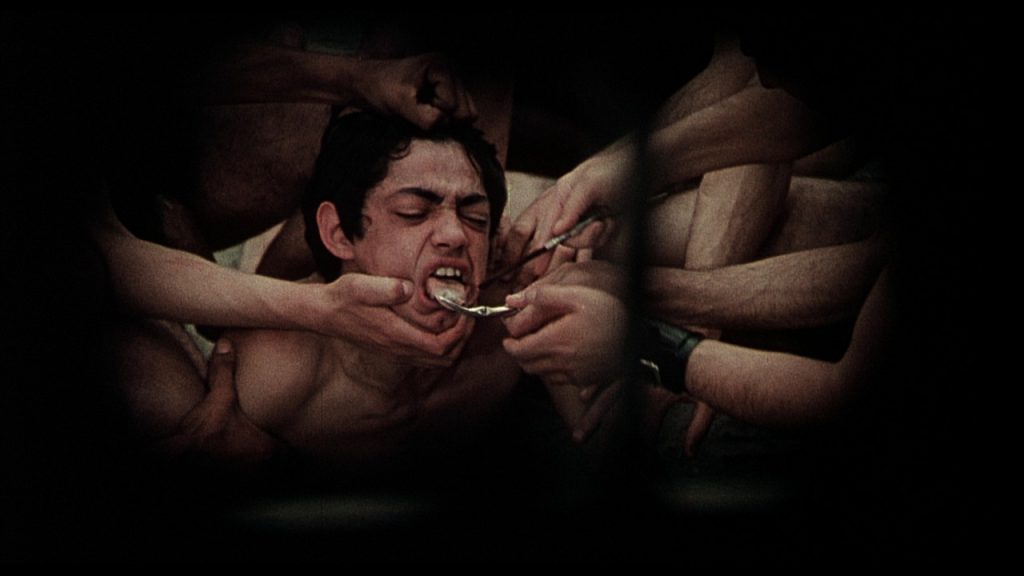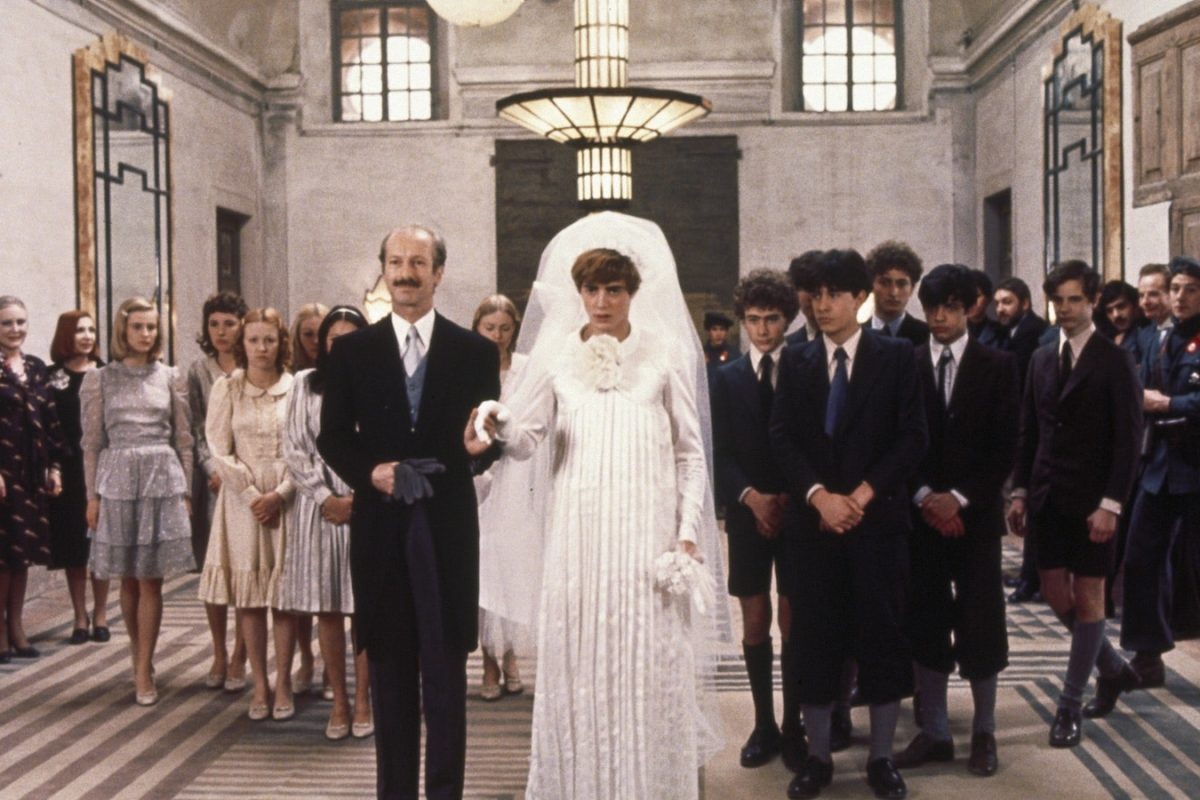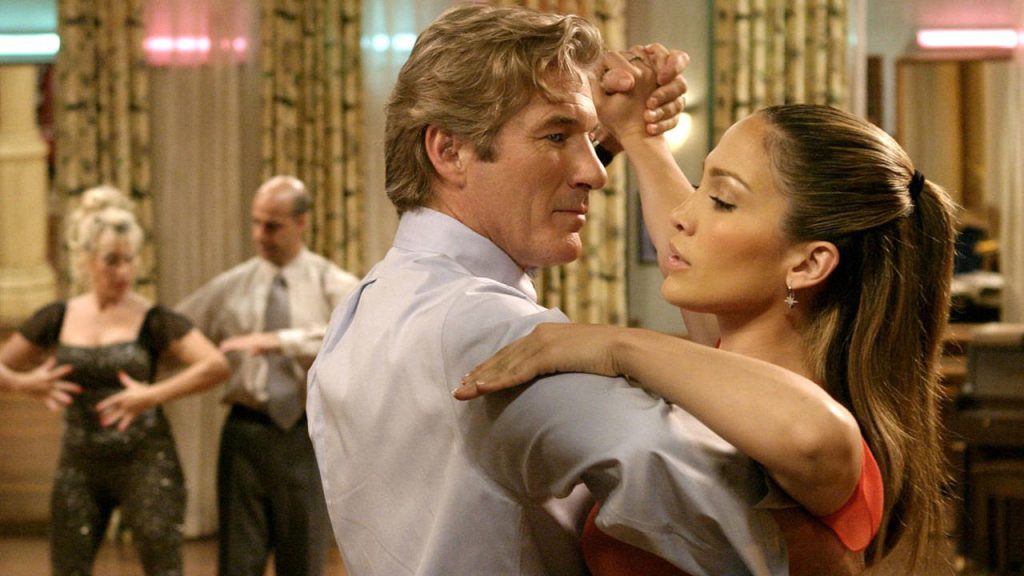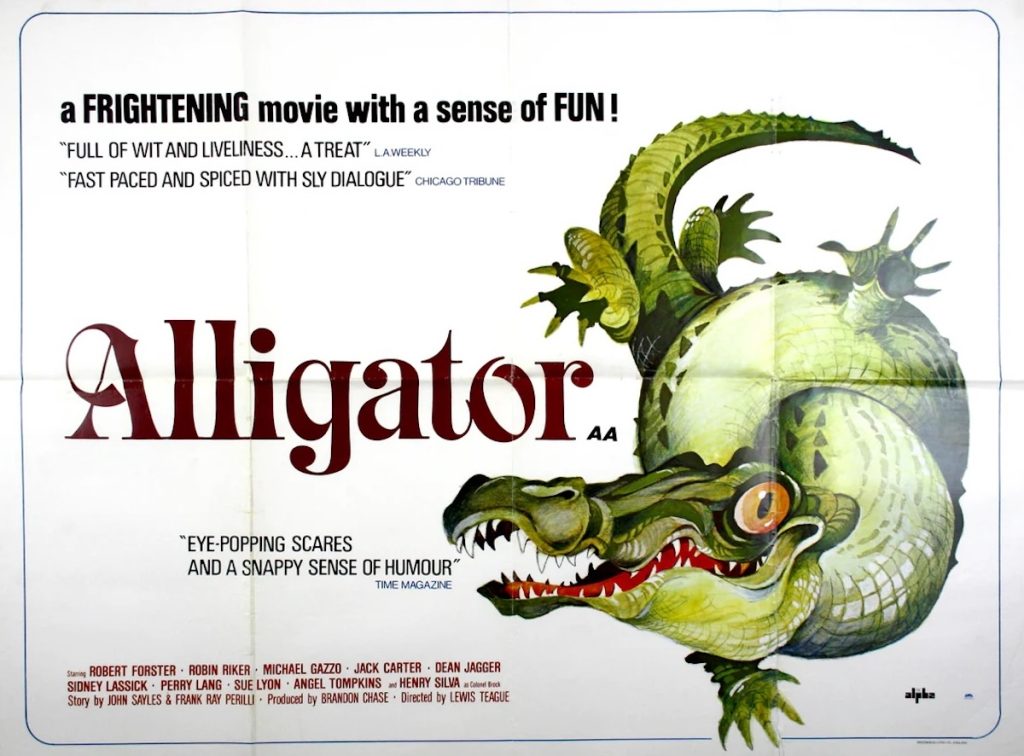“There is something brutal about power – any kind of power, legislative or executive.” –Pier Paolo Pasolini, self-interview, 1975
Pasolini’s Salò, or the 120 Days of Sodom is not the sort of film anybody stumbles onto by accident. One must deliberately seek it out, and having found it, choose to sit down and watch it. It’s not on any streaming services, and rarely gets shown at even the most adventurous repertory theaters (i.e. don’t hold your breath for a Fathom Event). At least tracking down the Criterion release has been much easier to do since it was brought back into print in 2011. (With its low spine number – 17 – the original DVD was highly sought after and frequently bootlegged.) This may make Salò sound forbidding, and in many respects it should be, but those willing to subject themselves to it can find Pasolini’s unintended swan song to be a rewarding experience, even if the most typical responses it elicits are revulsion and nausea.
What plot there is to speak of is fairly unspeakable, which is hardly surprising considering Pasolini’s primary source was a novel by the Marquis de Sade. Conceived as a project for frequent collaborator Sergio Citti, who had branched out into directing his own films, Salò came into focus for Pasolini when the setting and time period were transposed to Northern Italy in the waning months of World War II. There, four libertines who occupy positions of power in Mussolini’s fascist state – they’re identified only as a duke, bishop, magistrate, and the president – lock themselves away inside a villa to indulge their every perverted desire. Where the sadism comes in, and what makes the scenario off-putting for some potential viewers, is the dozens of teenagers of both sexes procured for them (a number whittled down to nine boys and nine girls) so they can have innocents to defile, degrade, and corrupt as they see fit.
Along with the libertines and their underage victims, the opening titles identify five other groups along for the ride. There are four storytellers, four daughters, four soldiers, four collaborators, and five servants. Some are identified by name, but few stand out as individuals. One victim is much the same as any other, just as the guards and collaborators are interchangeable, recruited to fill a purpose and useless if they can’t. There’s no need to give backstories to characters destined to be ciphers.

In addition to Sade, Pasolini took inspiration from Dante, dividing his script into four sections: an introduction (dubbed the “Antechamber to Hell”) and three circles, each presided over by a different storyteller. (The fourth plays piano to accompany them.) Decked out in fashionable gowns, their elegant appearance offset the utter depravity of the stories they tell to inflame their hosts’ libidos. The “Circle of Obsessions” is devoted to sex (which the inexperienced victims need lessons in, some of them harsh). The “Circle of Shit” is as scatological as it sounds, and features some of the film’s most notorious and revolting scenes. And the “Circle of Blood” represents the endgame presaged early on, when the duke informed their guests, “No one on earth knows you are here. As far as the world is concerned, you are already dead.”
What’s especially striking about Salò is how the most repugnant acts man can imagine play out in such opulent surroundings, created by production designer Dante Ferretti and photographed by cinematographer Tonino Delli Colli on location and at Cinecittà Studios. Pasolini had previously filmed Medea there, but it’s a fair bet the studio, founded by Mussolini in 1937, was booked because of its association with Italy’s fascist past. (Also shot there: 1974’s The Night Porter, Salò’s mid-’70s partner in taboo kink.)
With all the indignities heaped upon their captives, Salò’s libertines are the embodiment of the saying “the cruelty is the point.” The nonchalant way they’ll drag a victim off to act upon a sudden urge demonstrates how much they get off on exerting their power. An element of surprise was also built into Pasolini’s directing methods. Other than those who had long speeches to memorize, he kept many of the performers in the dark about what they would be doing each day until right before cameras rolled. And having shot in sequence, editing as he went, Pasolini had a final cut ready to go well before Salò’s scheduled premiere at the Paris Film Festival on November 22, 1975. In fact, he had just finished work on the French subtitles and was preparing to oversee the dub when he was murdered on November 5. While that inevitably cast a shadow over its reception, and provided ammunition for the right-wing press to attack him and the film, that it remains a lightning rod all these years later is a testament to its staying power.
“Salò” isn’t streaming anywhere, but Criterion’s Blu-ray remains in print (for now).



